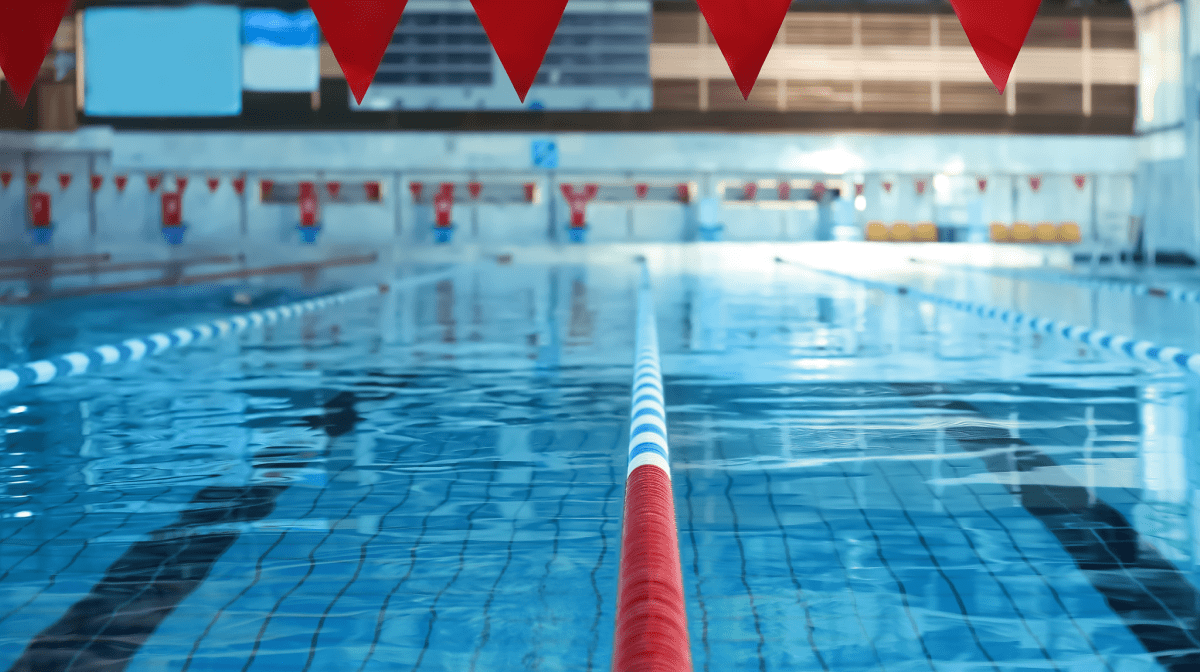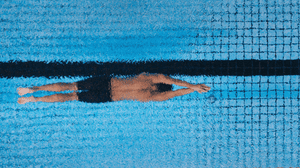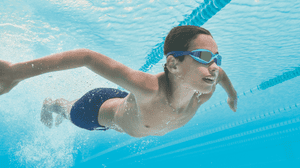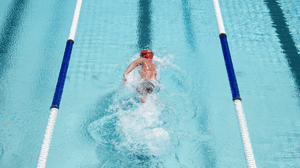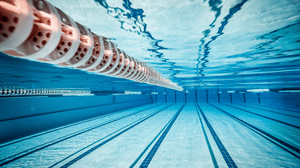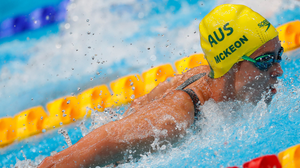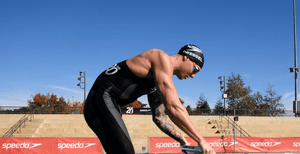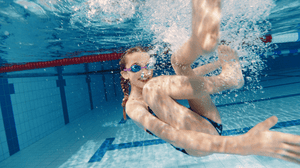
Think sculling’s just for synchronized swimmers? If so, you could be missing a trick when it comes to your fitness, swimming technique and race times.
Taught as a swimming safety skill when beginners first learn how to swim, sculling uses figure-of-eight hand movements to allow you to stay afloat in a horizontal position, making it a useful and versatile addition to your swimming skill set.
Learn how to use it to your advantage in your training, race starts and every day pool sessions – whether you swim for fitness, fun or to compete.
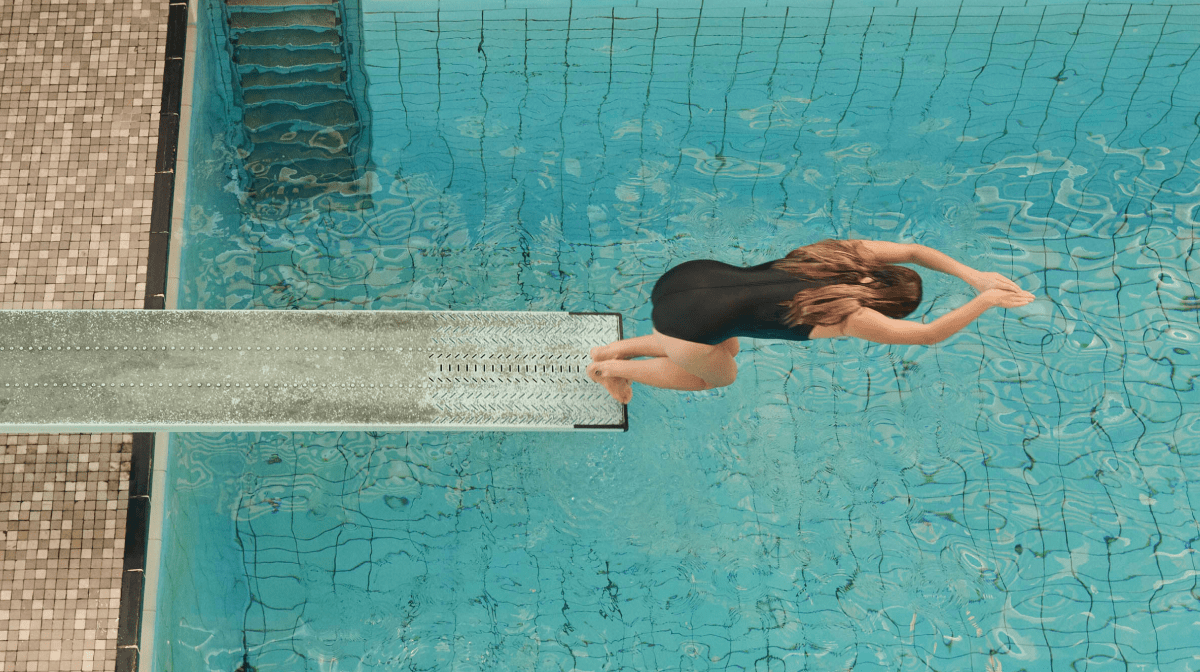
Unmissable Tips For Improving Your Swimming Technique
Better technique will help you to swim more gracefully, but more comfortably and efficiently too.
Why sculling is a useful swimming technique
From improving your swimming technique to enabling you to remain buoyant in the water, sculling is a useful skill for all ages and abilities to learn.
Fitness: In training you can combine sculling with treading water to help you improve your cardiovascular fitness.
Catch positioning: In swimming technique sessions, sculling drills can help you increase your feel for both the water and your hand positioning, improving your catch position and your stroke power as a result.
Racing advantage: Being in the sculling position before a race can allow you to get into your strokes faster, giving you an edge at some race starts for faster race time.
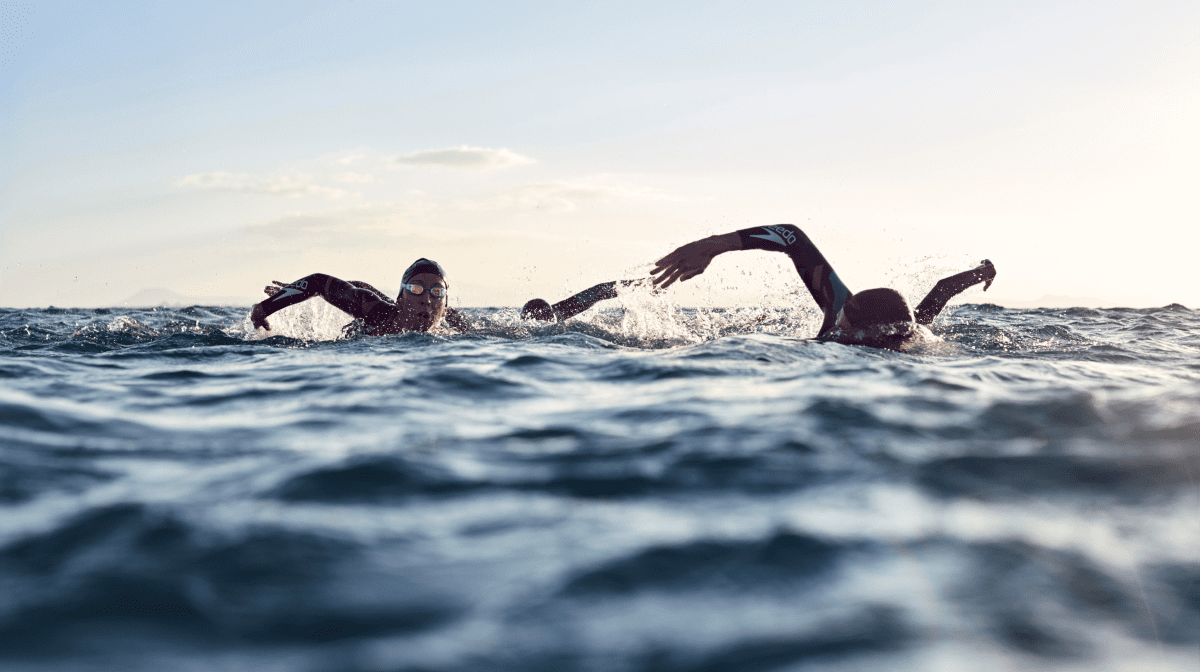
Freestyle Kick Technique For Open Water Swimming
We’ve got all the triathlon coaching tips you need, thanks to open water swimming expert (and tri coach), Dan Bullock.
How to scull
To practice sculling, place your arms directly out in front of you, elbows slightly bent. Ensure the palms of your hands are facing downwards.
Next, start moving your hands in a figure-of-eight motion. Your body should be horizontal in the water and as straight as possible. If you find your legs sinking, try using a pullbuoy to keep them afloat.
To move forward while sculling, tilt your forearms and palms backwards towards your body and start propelling yourself forward.
Tip: Sculling while propelling yourself forward can be tough, as you’ll need the strength to meet the force of the water’s resistance against your body. To help reduce this resistance, ensure your body is as flat as possible in the water.

